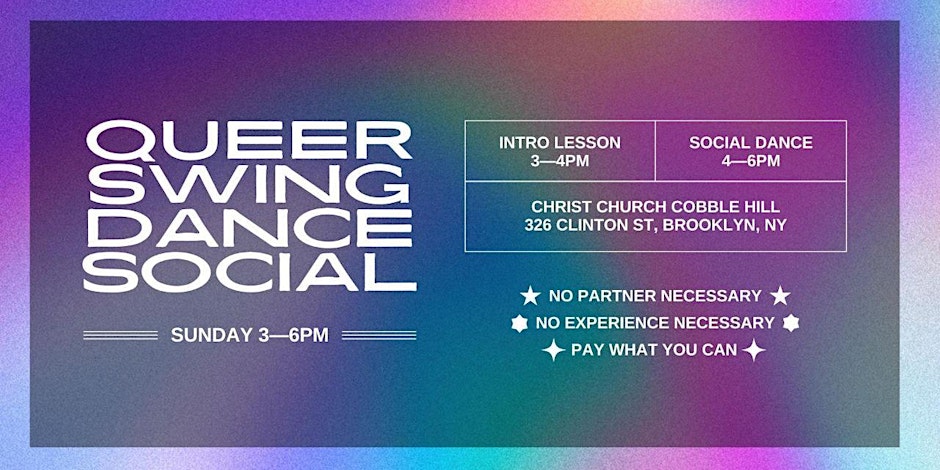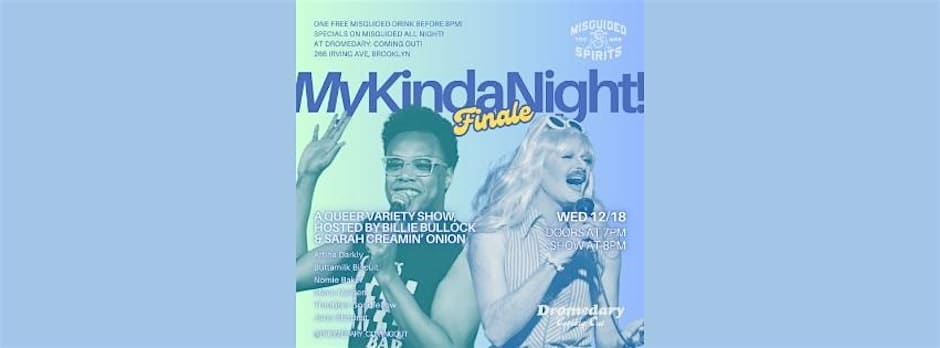Through summer, fall, winter, and spring, there is one constant with which we can all agree: Dyke drama makes the world go round! Lesbian love triangles and their kooky result are a tale as old as time. It seems ever since Sappho first teetered out of her hut on the Isle of Lesbos and started sweet-talking her way under the togas of all the other gay girls on the island, lesbians have been finding ways to dramatically break up, make-up, break up again, and make-up again. It’s the circle of life and it moves us all.
We here at GO want you to know that gay gossip is always good and juicy, no matter what decade it’s from. Some of the wildest and craziest stories of sapphic desire gone wrong come from the vault and are practically scribed on papyrus! That’s why I’ve compiled a list of queer romances that prove that two’s company and three’s a crowd — unless, of course, that’s what you’re into (wink, wink).
Vita Sackville-West, Virginia Woolf, and Violet Trefusis
To be honest, Vita, Virginia, and Violet didn’t have the most triangular lesbian love triangle; instead, they were more like parallel romances that had congruent trajectories toward lifelong kinship. They definitely overlapped in an albeit polyamorous way, though. Virginia, was a reclusive eccentric and notoriously opaque. Her intense encounters with Vita were, like everything she did, poetically fragmented and uncanny. Their love inspired the writing of Woolf’s experimental quasi-biography “Orlando.”
“Orlando” was just the tip of the iceberg. If you really want to be filled with queer ecstasy, try mainlining the steamy intimacy of their libidinous love letters. They’re lush with gush and old-school gay innuendo, just like their initial meeting in 1923 where Virginia remarked that Vita was “a pronounced sapphist” and exclaimed that “snob as I am, I trace her passions. 500 years back and they become romantic to me, like old yellow wine.” Vita was just as romantic, writing in 1926: “I am reduced to a thing that wants Virginia…You have broken down my defences. And I really don’t resent it.” VA-VA-VA-VOOM, am I right?
Violet Trefusis and Vita, on the other hand, had been close as children and had fallen in love as teenagers. Like any good polyamorous love octagon, theirs was also a primal and romantic love affair filled with oodles of luscious love letters, passionate fights, and super cute pet names. If you want the 4-1-1 on that queer tragedy, it’s all outlined episodically in the made for tv film series “Portrait of A Marriage.” I recommend this series to anyone looking for high-camp, butch-femme drama à la Tennessee Williams’ “A Street Car Named Desire.”
The two of them chased each other all over Europe on trains, boats, and automobiles (planes weren’t really a thing), just lezzing out like a couple of cats in heat. The real struggle in almost all of Vita Sackville-West’s theatric romances is her notoriously GAY husband busting up her trysts with various paramours in hysterically performative fits of fake rage! They were each other’s beards, after all, and with a wife as obviously womanizing as Vita, he was constantly left having to defend their moral fortitude and play the objecting husband. Vita’s love life was a real bonanza!
Daphne Du Maurier, Gertrude Lawrence, and Ellen Doubleday
For all those tortured romantic futches out there, Daphne Du Marier was literally a proto-futch. She was doing futch way before we were. Speaking of style archetypes of the queer heartthrob variety, bisexual actress, model, and mattress Gertrude Lawrence served hard femme realness all the way back in the 1920s. How did these two get together you ask? Well, they almost didn’t.
As usual, Daphne was very obsessed with a straight, high-femme socialite named Ellen Doubleday (her publisher’s wife — oh, the SCANDAL!). The two were absolute bosom-buddies, and it was well known that Daphne harbored intense “Venetian” (her word for gay) feelings for Ellen. Gertrude, ever the hard femme polyamorous top of all tops, couldn’t really get a word in edgewise until she was cast in Du Maurier’s “September Tide,” a play she wrote about Ellen to get back at her for constantly rejecting her advances. The plot thickened, and the rest was history! If you wanna get the scoop on this dyke drama trainwreck, check out the film based on Du Maurier’s life: “Daphne.” It’s got all the juicy gossip and is one of my absolute favorite old school queer movies.
Dusty Springfield, Norma Tanega, and Dusty’s Dalliances
Dusty Springfield met Norma Tanega on the set of Dusty’s BBC variety show in the 1960s during a blackout when Norma was slated to perform. Dusty, known for her charm and for seducing girls that she met in showbiz, immediately took to Norma’s eccentric intensity. The two were inseparable for years afterward, and they even moved in together. They eventually separated shortly before Dusty decided to move to America.
At the time, Norma was a popular folk musician in her own right. Soon after meeting Dusty, she put much of her career aside to care for Dusty (she was infamous for being incredibly difficult and manic). Dusty was also known for throwing dishes during their fights, often drunk or otherwise inebriated and virtually inconsolable. But since it was the ’60s, everybody somehow remembers it all as a never-ending summer of love and harmony. Nostalgia is weird that way. If you want to know more about these two and everyone else that got involved with them, I recommend reading “Dusty: An Intimate Protrait of A Musical Legend” by Karen Bartlett. It’s wild!
Elizabeth Bishop, Lota De Macedo Soares, and Mary Morse
Immortalized in the 2013 film “Reaching for the Moon,” poet Elizabeth Bishop’s long-lasting, ill-fated love affair with architect Lota De Macedo Soares was a triangular tale. She left America to live and write in Rio de Janeiro, Brazil in the 1950s, and that’s where she met Lota. Mary Morse, Elizabeth’s college roommate and best friend, was an expatriate and former dancer who’d been excommunicated by her family after they discovered she was in a long-term relationship with a woman. Dramatically, that woman was the very same Brazilian architect with whom Elizabeth then entered into an affair with!
That’s not even the half of it! They all ended up living together as a lesbian love triangle, much to Mary Morse’s distress. Elizabeth, a terrible drunk and neurotic hermit, became more and more mercurial throughout the affair, and Morse, heart-broken by the betrayal of a lover she’d severed ties with her family to be with, become more bitter and inconsolable. That’s when Lota decided — as many a lesbian has erred — that a new-born baby plucked from the local village would be just the salve to soothe their unhappy threesome. If you want to know more about that bit of juicy gay gossip, you’re going to have to watch “Reaching For The Moon” or grab a copy of “Rare and Commonplace Flowers: The Story of Elizabeth Bishop and Lota De Macedo Soares” by Carmen Oliveira.
Well, well, well! Looks like you’ve got some catching up on historical lesbian love triangles to do. Isn’t learning about queer history fun and exciting? It’s comforting to know that no matter what wild queer quandary you’ve found yourself in, there’s a lez at least three decades back who’s done worse and has a whole movie about her life that proves, despite her flaws, she was a total badass for her time.










































































